One of the symbols of Lebanon’s independence is the Rachaya Citadel, where French mandate authorities held the country’s early national leaders captive during the 1943 rebellion that triggered the country’s independence.
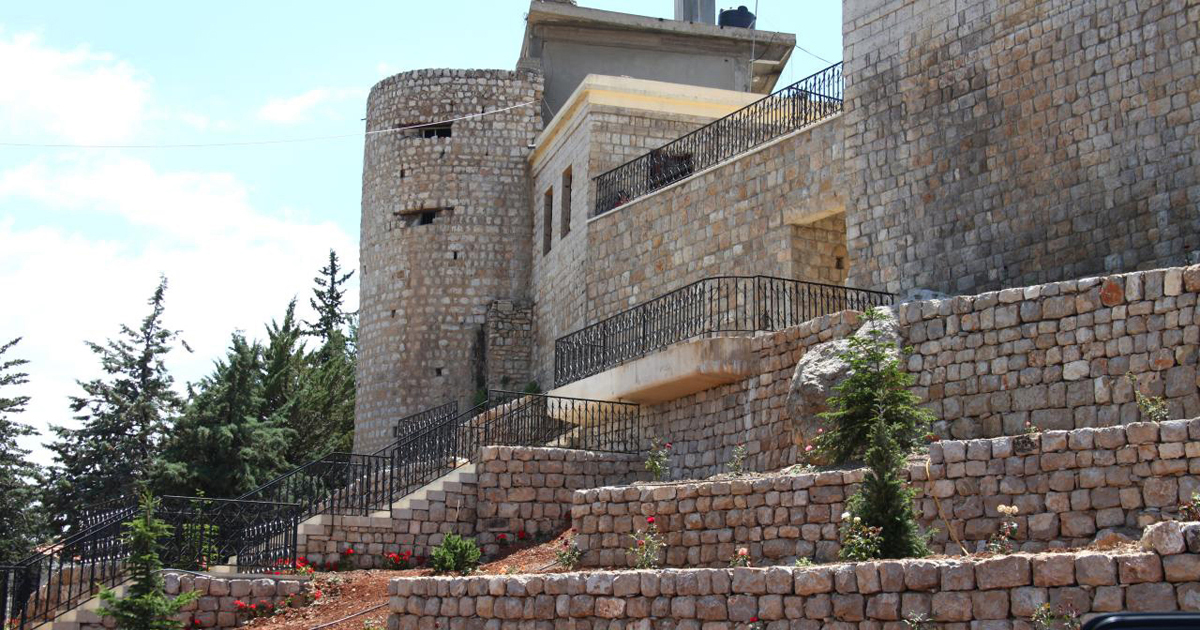
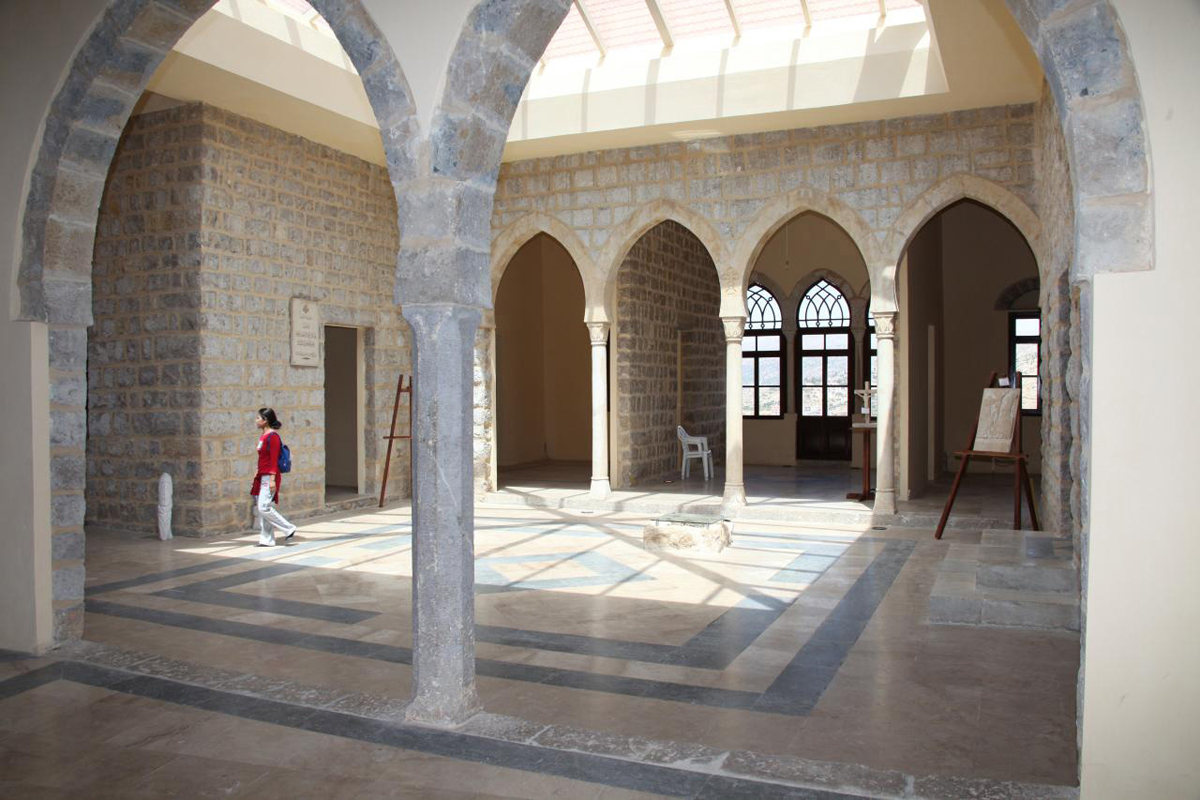
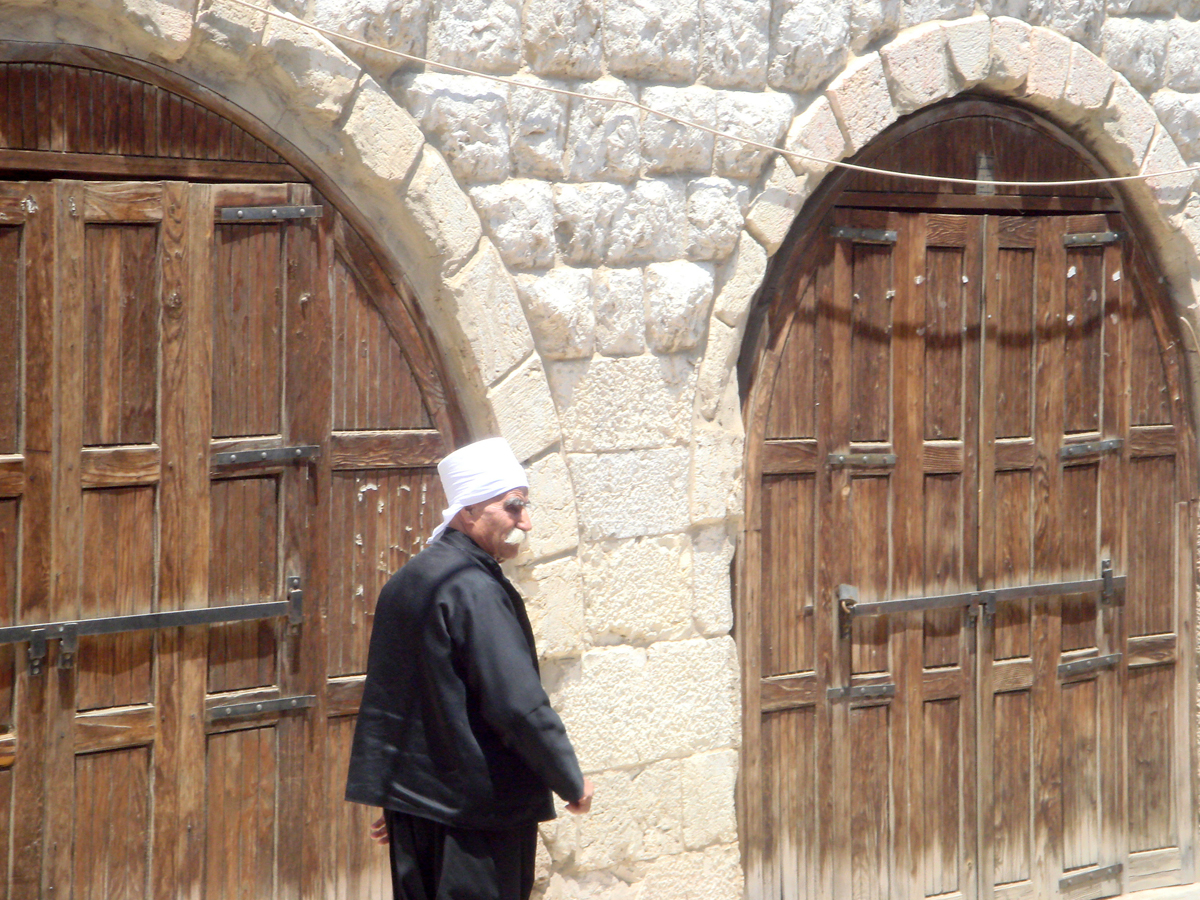
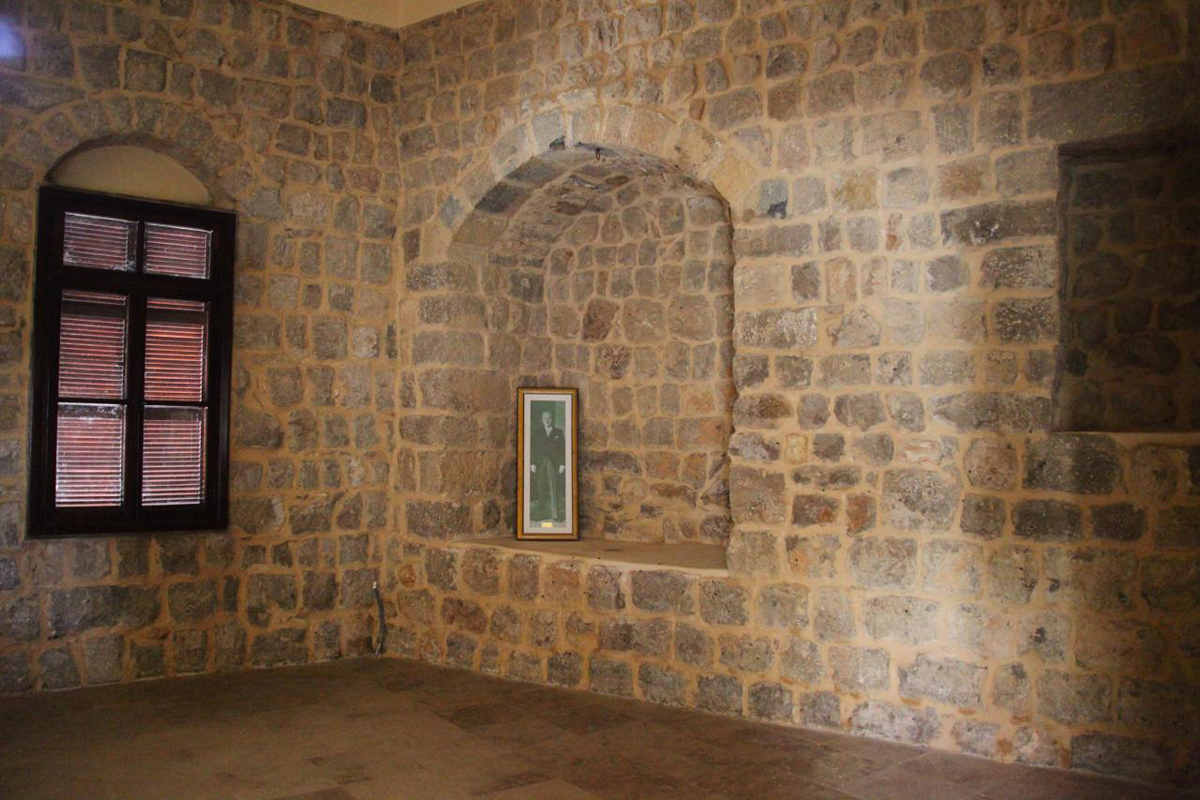
What to do in the area
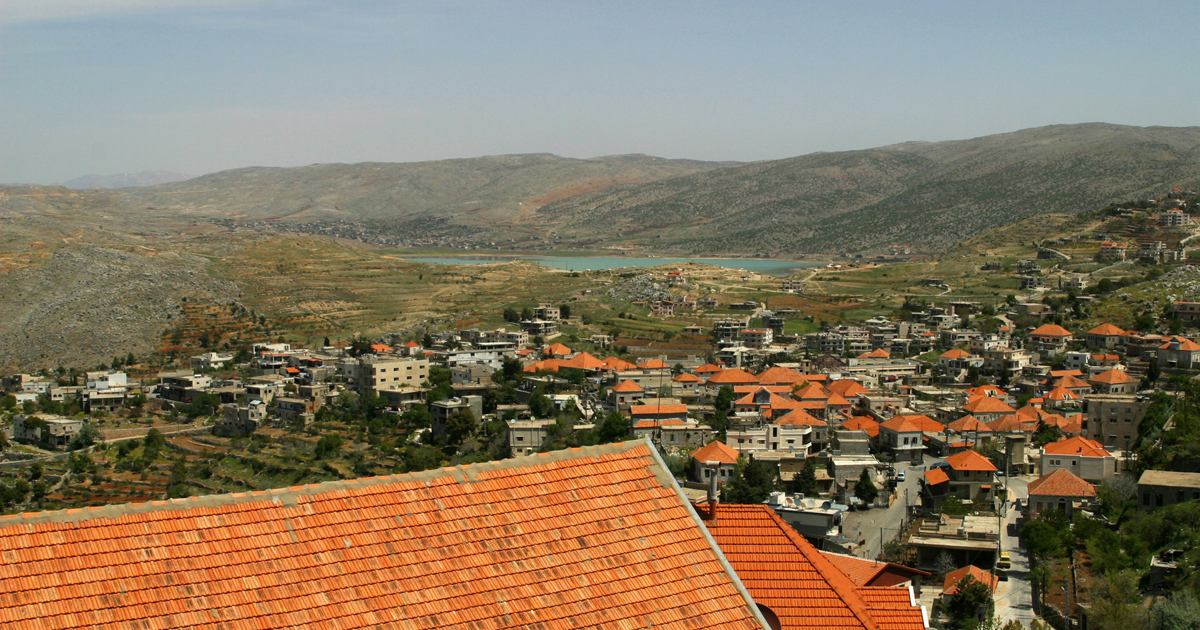
One of the symbols of Lebanon’s independence is the Rachaya Citadel, where French mandate authorities held the country’s early national leaders captive during the 1943 rebellion that triggered the country’s independence.





